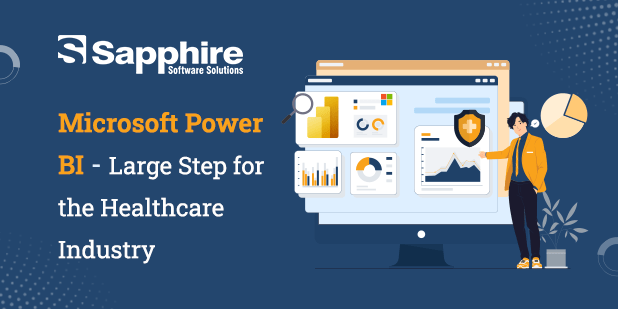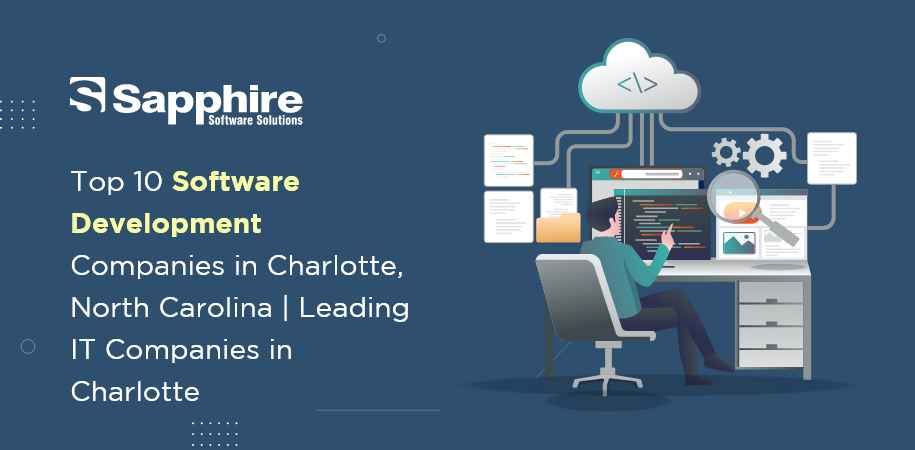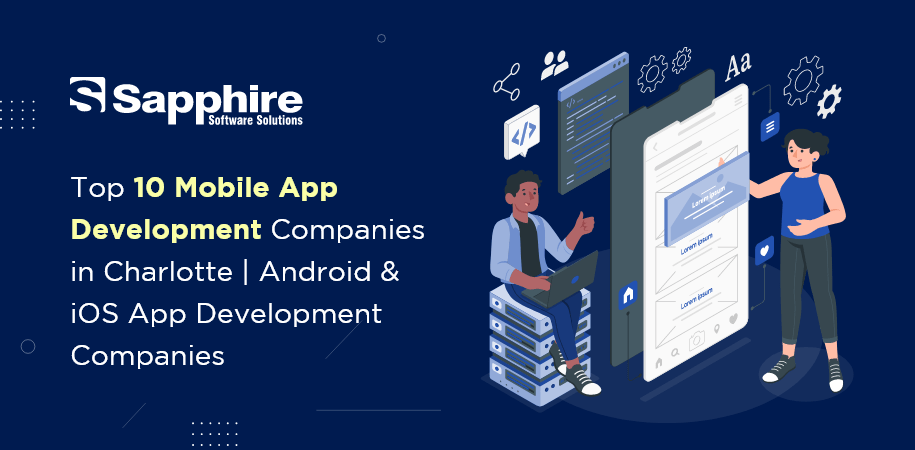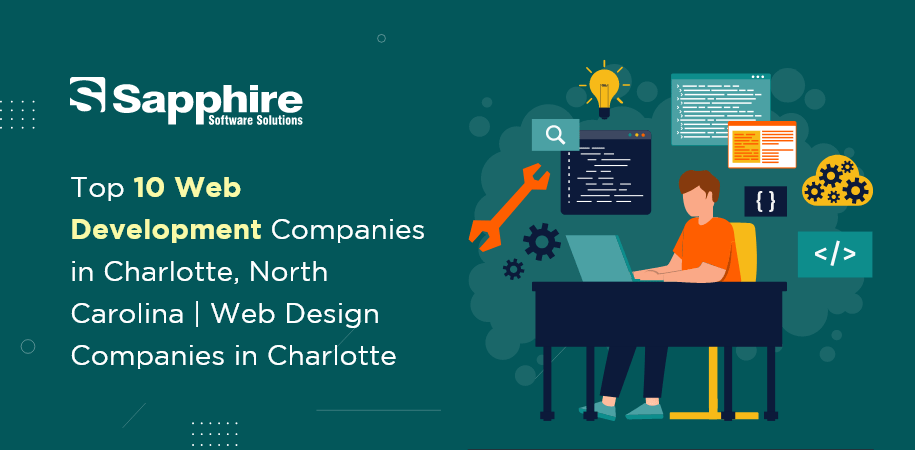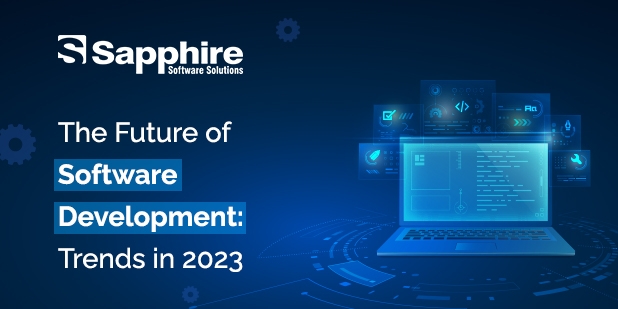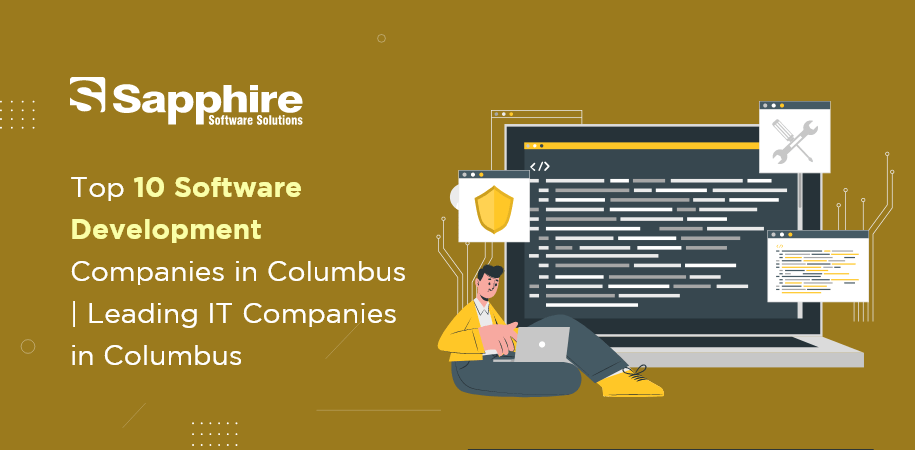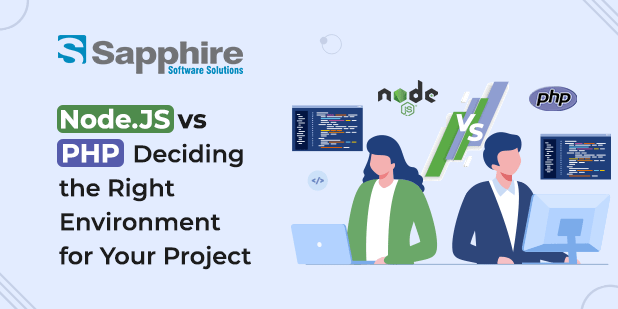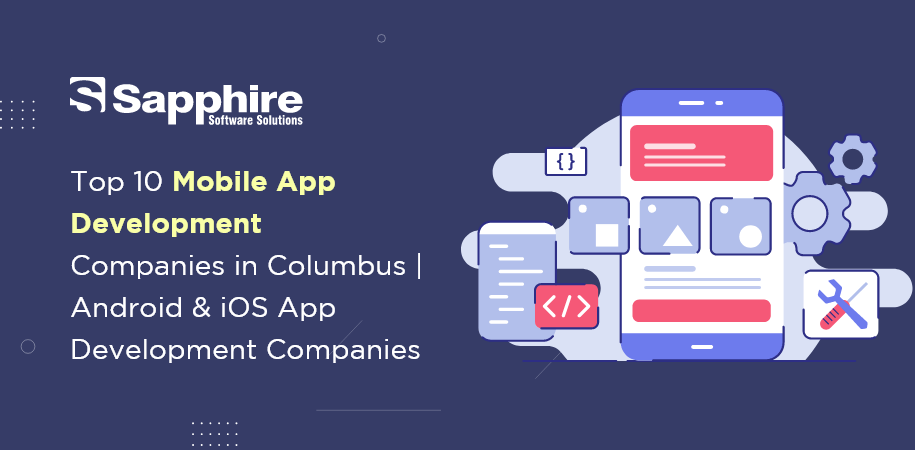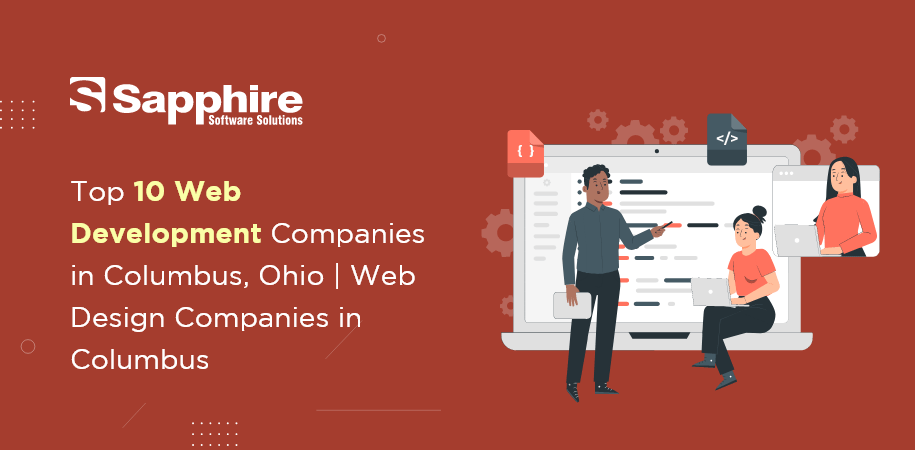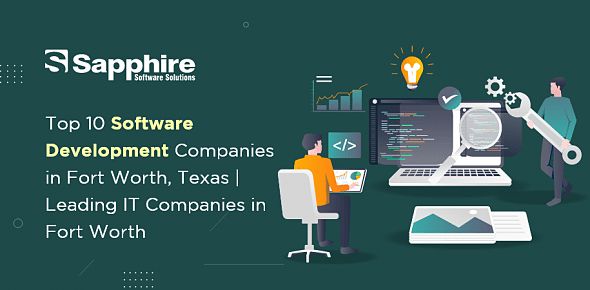The healthcare sector has been having trouble keeping up with the data explosion that has been taking place in the sector. Because of technological advances, medical facilities can now produce enormous volumes of data regularly. Using this data may result in acquiring insights that can assist healthcare practitioners in making better choices, hence improving patient outcomes and lowering costs.
Microsoft Power BI is a business analytics tool that allows end users to quickly generate their reports and dashboards via an interface simple enough for end users to understand. It also delivers interactive visualizations and business intelligence capabilities. This is the appropriate tool for healthcare businesses that want to acquire insights from their data and utilize those insights to make choices.
In this article, we will discuss the advantages of using Microsoft Power BI in the healthcare business and how this tool may assist healthcare companies in achieving significant advancements in the area of data-driven decision-making. Check out Power Bi Consulting Services in USA, India.
Benefits of Microsoft Power BI for the Healthcare Industry:-
1. Improved Data Management:
Managing the enormous volumes of data generated in the healthcare business is one of the most critical issues it faces. Healthcare institutions, including patient information, administrative data, financial data, and other data types, produce a large amount of data. Microsoft Power BI is a consolidated platform enabling healthcare companies to gather, store, and manage all their data in one location. This is made possible by Microsoft. It offers users an easy-to-use interface that allows them to access and manage their data, and it interfaces with various data sources.
2. Enhanced Data Visualization:
The ability of healthcare practitioners to comprehend complex data in a short amount of time makes data visualization an essential component of the healthcare business. These visualizations may be used to recognize trends, patterns, and abnormalities, all of which can assist healthcare practitioners in making more educated choices. Using Microsoft Power BI, healthcare companies can design interactive dashboards and generate reports that allow them to see data in meaningful ways.
3. Better Decision-Making:
The robust analytic capabilities offered by Power BI make it possible for healthcare businesses to evaluate their data and derive insights from those analyses. These insights may assist healthcare professionals in making educated choices that have the potential to improve patient outcomes, lower costs, and increase operational efficiency. Additionally, healthcare firms can construct predictive models with the aid of Power BI. These models may foresee future trends and assist organizations in planning appropriately.
4 Enhanced Care for Individual Patients:
Patient’s well-being should always come first in the work of healthcare organizations; this should be their primary focus. Power BI can assist healthcare practitioners in accomplishing this objective by delivering insights into patient data that may assist them in identifying possible health hazards, monitoring patient progress, and developing individualized treatment strategies. Using Power BI, medical professionals can monitor patient results and modify treatment programs as required.
5. Increased Operational Efficiency:
By providing insights into financial and operational data, Power BI can assist healthcare businesses in improving their operational efficiency. These insights may be used to identify areas of process inefficiency, save expenses, and improve efficiency overall. Additionally, Power BI offers real-time data, which may assist healthcare practitioners in making choices promptly, which can increase operational efficiency.
6. Regulatory Compliance and Safety:
Compliance and data security are fundamental aspects of the healthcare sector. The highly developed security measures offered by Power BI help guarantee that healthcare firms fully comply with laws such as HIPAA. In addition, it has role-based access control, data encryption, and other security measures, all of which work together to safeguard the data.
7. User-Friendly Interface:
End users can construct their own reports and dashboards because of Power BI’s intuitive user interface, which is provided to them. It is straightforward to use, especially for individuals who do not have much experience with technical matters. This makes it much simpler for healthcare companies to democratize data access and allow end users to make choices based on the data they collect.
Use Cases for Microsoft Power BI in the Healthcare Industry:-
Analytics of Patient Data:
Power BI may be utilized to do data analysis on patients and acquire insights into the outcomes of those patients. Using Power BI, healthcare institutions may monitor patients’ progress, spot trends and patterns in patient data, and design tailored treatment strategies.
Analytics of the Financial Markets:
It is possible to acquire insights into a company’s financial performance via Power BI, which can be used to analyze financial data. Power BI allows firms in the healthcare industry to pinpoint areas of inefficiency, save expenses, and improve financial procedures.
Analytics of the Supply Chain:
Data from the supply chain may be analyzed using Power BI, which can then be utilized to get insights into inventory management, procurement, and distribution. Power BI may help firms in the healthcare industry improve their supply chain procedures, save expenses, and ensure that essential supplies are always on hand when required.
Operational Analytics:
Power BI may be used to analyze operational processes and acquire insights into how well those processes are performing. Power BI allows firms in the healthcare industry to pinpoint bottlenecks, enhance procedures, and maximize the use of resources.
Population Health Management:
Data about the health of a population may be analyzed using Power BI, which can then be utilized to acquire insights into the health of communities. The application of Power BI by healthcare institutions allows for identifying health hazards, and monitoring population health trends. Also, developing tailored treatments to promote population health.
Clinical Research:
Data from clinical studies may be analyzed using Power BI to get insights into the efficacy of treatments and drugs. The usage of Power BI by healthcare organizations enables them to monitor the progress of clinical trials. And also, discover prospective topics for further study, and enhance clinical trial results.
Conclusion:
The field of healthcare produces enormous volumes of data regularly. Using this data may result in acquiring insights that can assist healthcare practitioners in making better choices. Hence improving patient outcomes and lowering costs. For healthcare businesses that wish to acquire insights from their data and utilize those insights to make educated choices, the appropriate solution is Microsoft Power BI.
Power BI enables healthcare businesses to improve their data management, enhance data visualization, make better choices, improve patient care, boost operational efficiency. And maintain compliance and security, and offer a user-friendly interface. These improvements may be made in several different ways. Patient analytics, financial analytics, supply chain analytics, operational analytics, and population health management. And clinical research are an example of use cases for Power BI in the healthcare business.
The case study conducted at Massachusetts General Hospital demonstrates the value that can be derived from using Power BI in the medical field. MGH was able to comply with requirements such as HIPAA by consolidating data from many sources. and it can be creating interactive dashboards and reports, analyzing patient data, financial data, and operational data. And creating interactive dashboards. All of this was made possible using Power BI.
The use of Microsoft Power BI represents a significant advance in healthcare. It is possible for healthcare businesses that deploy Power BI to make more informed choices, improve patient outcomes, decrease expenses, and boost operational efficiency by using their data.
FAQs:
1. What exactly is this Microsoft Power BI thing?
Microsoft Power BI is a business analytics tool offered by Microsoft that allows users to display and analyze data drawn from a broad range of sources. It is possible to utilize it to generate interactive reports and dashboards. And as well as representations of data, which assist users in making informed choices. Microsoft supplies the service.
2. What advantages does the healthcare sector gain from using Microsoft Power BI?
The medical field stands to gain in several different ways by using Microsoft Power BI. It is possible to use it to analyze patient data to recognize patterns and trends. And assess the performance of healthcare practitioners, and keep track of the results of patients. It is also possible to utilize it to monitor the consumption of healthcare resources such as hospital beds, and equipment. And personnel to increase productivity while lowering expenses.
3. Within the context of the healthcare business, what kinds of data may be studied by utilizing Microsoft Power BI?
Analyzing a wide variety of healthcare data is possible with the help of Microsoft Power BI. This includes electronic health records (EHRs), claims data, and patient satisfaction surveys. And operational data such as staffing levels and bed occupancy rates.
4. Is Microsoft Power BI user-friendly for those who lack technical expertise?
Microsoft Power BI is intended to be user-friendly and approachable for people with varying technical expertise. It eliminates the need to write any code by providing a graphical user interface with a drag-and-drop feature that makes it simple to generate reports and visualizations.
5. Is it safe to use Microsoft Power BI to handle sensitive healthcare data?
The security and compliance concerns of healthcare businesses have been explicitly addressed in developing Microsoft Power BI. It ensures that healthcare data is managed securely. And by regulatory standards by incorporating features such as data encryption, access restrictions, and auditing capabilities.
6. How much does it cost to use Microsoft Power BI?
There is a wide range of price options for Microsoft Power BI. And ranging from a free edition with just the most basic functionality to a premium version with more sophisticated features. And a larger capacity for storage of the data they collect. The price varies depending on the selected plan and the total number of users.
















